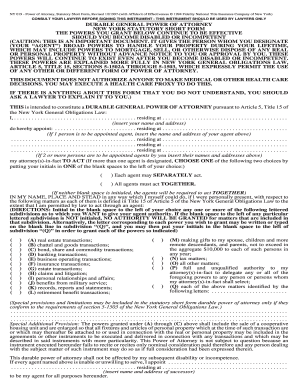Definition and Meaning of LLC Member Removal
LLC member removal refers to the formal process undertaken to eliminate a member from a limited liability company (LLC). This can occur for various reasons, including non-performance, breach of agreement, or personal decisions. Understanding the nuances of member removal is essential for maintaining the integrity of the LLC's operations and ensuring compliance with state regulations. Key terms related to this process include “member,” which refers to an owner of the LLC, and “operating agreement,” which establishes the rules governing the organization.
Importance of LLC Member Removal
LLC member removal is critical not only for operational efficiency but also for legal compliance. An LLC cannot have members whose contributions or actions are detrimental to the company’s goals. For example, if a member repeatedly fails to fulfill their financial obligations or undermines business decisions, removal may be imperative to safeguard the company’s stability.
Related Terminology
- Operating Agreement: A foundational document outlining members’ roles and responsibilities, including member removal procedures.
- Vote Threshold: The percentage of votes required by existing members for a removal decision, as specified in the operating agreement.
- Dissociation: A broader term encompassing any event where a member ceases to be associated with the LLC.
Steps to Complete LLC Member Removal
The process of removing a member from an LLC involves several clear and systematic steps to ensure that the action is legally binding and follows the company’s operating agreement.
- Review the Operating Agreement: Begin by examining the LLC's operating agreement for specific guidelines regarding member removal.
- Gather Member Consent: Depending on the terms, obtain the necessary votes from remaining members. This might require a simple majority or a supermajority.
- Document the Decision: Create a written record detailing the reasons for removal and the members involved in the decision-making process. This documentation is crucial for future references.
- Notify the Member: Formally communicate with the member being removed, providing them with the reasons and the effective date of the removal.
- File Necessary Forms: If required by state law, submit the appropriate forms or amendments to the state’s business filing office to reflect the member's removal.
- Update Company Records: Revise the LLC's internal documents, including member lists and any operational protocols affected by the removal.
Additional Considerations
- Legal Counsel: Consulting with legal counsel can mitigate risks associated with improper removal procedures.
- State Regulations: Be aware of any state-specific requirements that may affect the member removal process, such as additional filings or notice periods.
Who Typically Uses LLC Member Removal
Member removal is typically utilized by LLCs facing issues with individual members that could hinder the organization's operations. Situations may involve:
- Conflict Resolution: Members who are unable to work with each other effectively may need to remove one another to restore function.
- Performance Issues: A member who consistently defaults on obligations or fails to contribute may be removed to protect the LLC's interests.
- Voluntary Withdrawal: A member may also request removal for personal reasons, such as retirement or a shift in business focus.
Important Terms Related to LLC Member Removal
Understanding the terminology associated with member removal is crucial for effective communication and procedures within the LLC framework. Some key terms include:
- Member: An owner of the LLC.
- Elective Removal: When members vote to remove an individual per the terms of the operating agreement.
- Judicial Dissolution: A court-directed closure of the LLC, often initiated by a member due to misconduct by another member.
- Rights and Interests: The financial and operational rights held by a member within the LLC.
State-Specific Rules for LLC Member Removal
Laws governing the removal of members can vary significantly from state to state. Key considerations include:
- State Laws: Each state’s LLC statutes outline different procedures, voting requirements, and notice periods for member removal.
- Operating Agreements: States may enforce operating agreements that deviate from standard regulations, provided they comply with overarching legal frameworks.
- Documentation Requirements: Some states require specific forms to be filed when a member is removed, while others might have simpler processes.
Example States
- California: Requires a vote of at least fifty-one percent of the remaining members for removal.
- Texas: Allows for the removal of a member under certain conditions as specified in the operating agreement without the need for court intervention, unless disputes arise.
Required Documents for LLC Member Removal
When proceeding with the removal of a member from an LLC, several documents may be necessary, depending on the governing laws and the company's internal rules. These documents typically include:
- Member Removal Notice: A formal letter communicating the intent to remove a member.
- Meeting Minutes: Records of the meeting where the vote and discussions concerning the removal took place.
- Operating Agreement: The original document that outlines procedures for removing members.
- State Filing Forms: Required documents necessary to formalize the removal with state authorities.
Additional Resources
- Legal Templates: Pre-drafted templates for removal notices can expedite the process.
- Legal Advice: Contacting a business attorney could ensure the process adheres to all legal requirements and mitigates risks.
By following these procedures and understanding the relevant terminology, LLCs can navigate the complexities of member removal efficiently and effectively.











